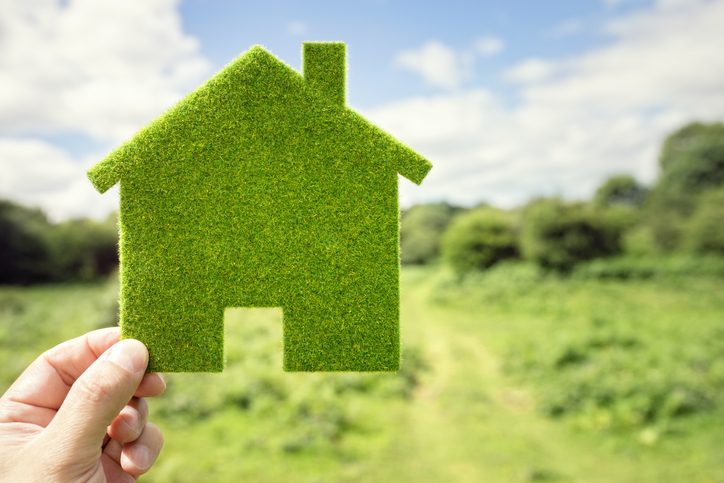Tuesday, July 24, 2018
By John Voket Recently, the U.S. Green Building Council (USGBC) celebrated the recipients of its annual LEED Homes Awards, an honor given to innovative projects, architects, developers, and homebuilders leading the residential green building market.
Recently, the U.S. Green Building Council (USGBC) celebrated the recipients of its annual LEED Homes Awards, an honor given to innovative projects, architects, developers, and homebuilders leading the residential green building market.Mahesh Ramanujam, president and CEO, USGBC said this year's LEED Homes Award recipients showcase the most inspired and efficient practices in the residential green building movement, demonstrating what it means to create a home that balances aesthetic appeal with real human and environmental needs.
But what does it take to make a home LEED qualified? Are there aspects of current LEED best practices that anyone can employ to help make their home more environmentally friendly?
Back in 2014, Shelley Little at freshome.com outlined why any homeowner would want a LEED certified home, and those reasons still hold true today.
According to Little:
- Every part of a LEED home is sealed and insulated, saving you a ton of money on home heating and cooling.
- Low-flow shower heads, faucets and toilets in LEED homes means lower water bills and less energy to heat the water.
- The air you breathe is better thanks to LEED’s dedication to not use toxic chemicals in your home.
- Allergens are brought to a minimum with indoor moisture controls that prohibit the growth of common molds.
- Air quality is also improved with use of ventilation that brings outdoor air in.
- LEED homes are built in close proximity to walking and bike paths.
- LEED homes have a much higher resale value and sell more quickly.
- Overall, LEED homes are less expensive to live in.
Last year, the US Green Building Council (usgbc.org) looked at top sustainability trends in LEED homes, affirming that one of the easiest ways a homeowner could launch themselves into LEED-caliber best practices is by retrofitting lighting.
This way, building owners not only help address climate change, but they also reap the benefits of reducing energy bills and delivering a better indoor environment.
The folks at yourwildhome.com suggest working with a LEED-certified building professional, asking which improvements are most practical and could deliver the highest ROI in the shortest time.
To learn more about LEED for Homes, visit usgbc.org/homes.
RISMedia welcomes your questions and comments. Send your e-mail to: realestatemagazinefeedback@rismedia.com







